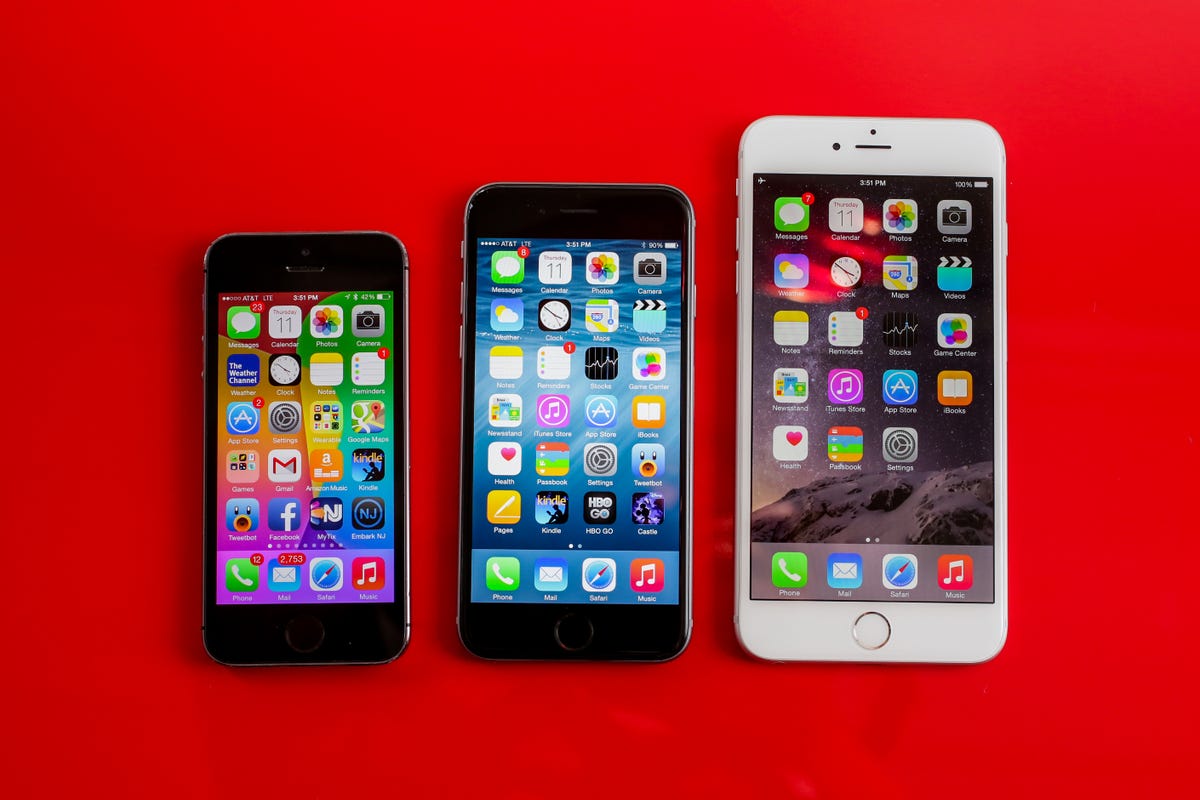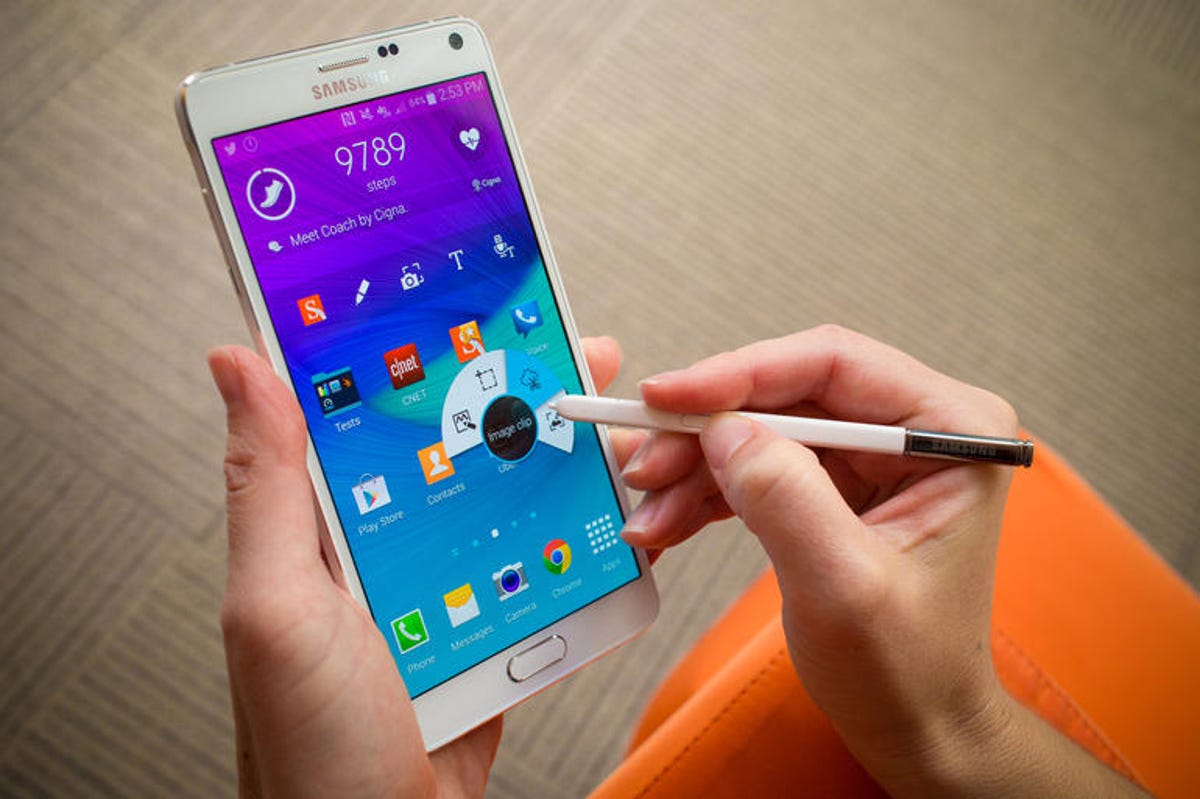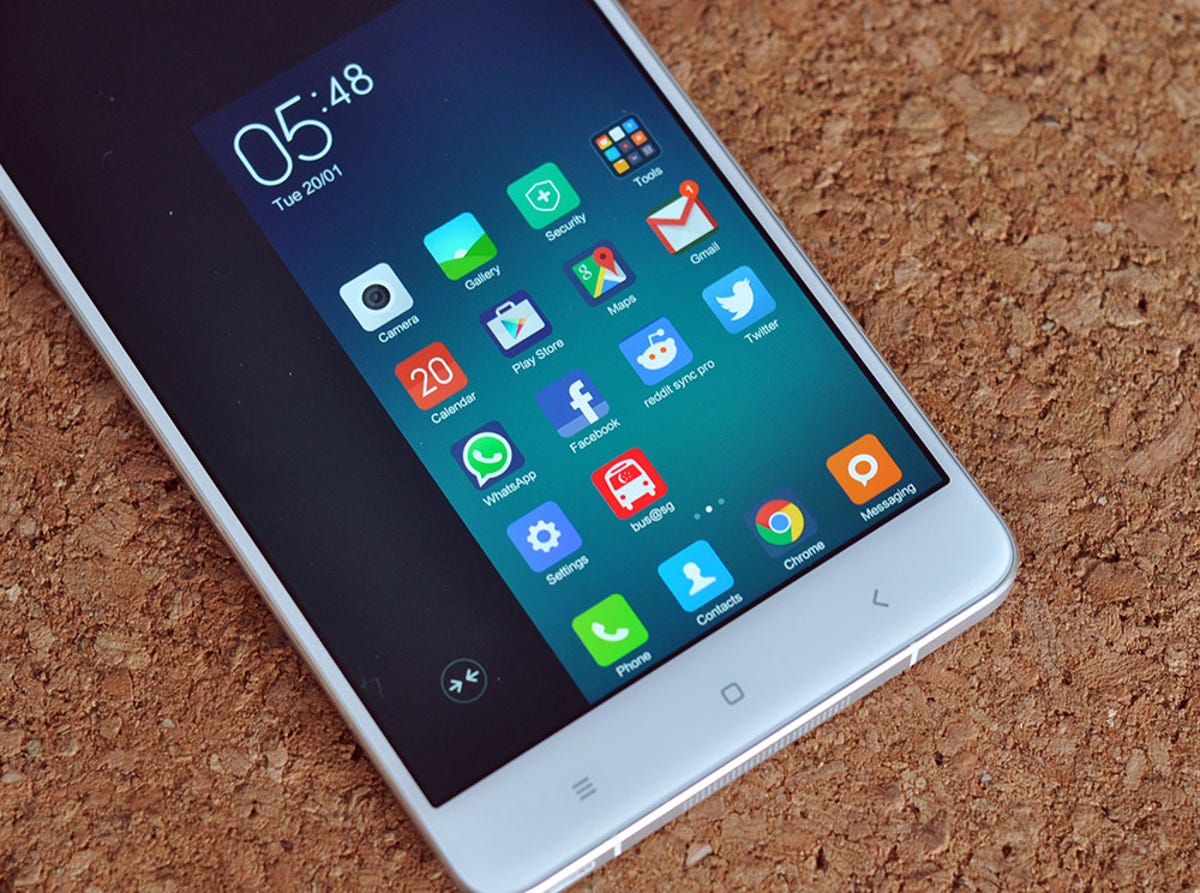
Sarah Tew/CNET
Apple said that it would never make a large-screen phone. Instead, it made two. That double-down investment has now paid off in spades.
This fall’s iPhone 6 and iPhone 6 Plus together didn’t only sell well for Apple because the iPhone is a popular device that a lot of people want to buy. Sales on all Apple products absolutely smashed through quarterly records for Apple’s entire 38-year history, and the phone owning populace’s interest in larger screens deserves the bulk of the credit for that.
It isn’t just the specs
Related stories:
- Apple’s Q1 sales are gangbusters
- China Mobile nets Apple mega iPhone sales
- Xiaomi doubled revenue in 2014, raking in $12B
- How I learned to stop worrying and love the phablet
For the most part, the iPhone 6 and 6 Plus’ internals are smaller upgrades. The camera and processor are better than the 5S and 5, for instance, but pundits agree that the difference between the iPhone 6 from the iPhone 5 was still less dramatic than the jump between the iPhone 4 and iPhone 5 .
All this leads me to believe that the approval here hinged more on the phone’s larger display dimensions than on an advance in hardware or software specs.
Apple said it sold a record 74.5 million iPhones during the period, a number that includes two models rather than one. Still, as CNET’s Shara Tibken reports, this number spikes past Apple’s previous record of 51 million units sold the year before, a year that also included two models: the iPhone 5S and less costly, midrange iPhone 5C .
China to thank
The company has China to thank for pushing iPhone sales past its former city limits. Apple is now the number-one smartphone vendor there, ahead of local player Xiaomi at second and South Korea-based Samsung now in third place.
Supersize me: Giants of the smartphone world (pictures)






+20 more
China has long been regarded as the sleeping giant of consumerism, the whims of its roughly 1.4 billion population able to make or break industries and fortunes. An uptick in iPhone sales over Samsung, for example, could further toss Samsung into a spin. Support behind Xiaomi’s typically inexpensive Android devices has absolutely shifted the tide in that vendor’s favor.
Go big or go home
The world embraced larger-screen phones, first popularized by Samsung with its successful Note series , because more expansive displays make it easier to see and do more on the screen — this is especially important for gaming and watching video. Larger phone designs also make room for larger batteries, which has helped usher in slightly more efficient tickers with incrementally longer life.
Samsung has also told CNET in the past that its supersize Note phones first gained traction in Asia with customers who wanted the benefits of a tablet display, without having to buy two devices. A 5.3-inch phone or bigger was large enough — and cheap enough — to close the gap for many.
A January 2015 report by Juniper Research estimates that vendors will ship a combined 138 million “phablets” (a portmanteau of “phone” and “tablet”) in 2015 and over 400 million in 2019.
‘Big’ is still relative
By many measures, including mine, the 4.7-inch iPhone 6 isn’t really a supersize phone. It’s certainly a huge adjustment for owners of the 4-inch iPhone 5 and 5S, and that counts for something.


Josh Miller/CNET
I look to the original trailblazers for my cue, 2010’s 5-inch Dell Streak — the original phablet — and the 5.3-inch Samsung Galaxy Note . Apple’s 5.5-inch iPhone 6 Plus absolutely fits that bill.
Where do we go from here?
These days, bigger is usually better. I don’t mean that a larger-screen phone is inherently better simply because it has more space for spreading pixels around. In most cases, bigger is better because these phones have become the vessels through which vendors show off their best wares: the sharper-shooting cameras and fastest processors to go with those lush, ridiculously high-res screens.
I’ve talked about this topic before and I do believe there’s a natural stopping point for large-screen phones. You’ll be relieved that I think that for the most part, 6 inches (like the unwieldy Google Nexus 6 ) is about the limit. Few people will want to carry around a 7-inch handset that’s as large as a tablet, even if they never hold it to their faces to place a call.


Aloysius Low/CNET
One day we may not need to use a cellular radio at all. Maybe “phones” as we know them shrink into tiny transceivers as small as the Motorola Moto Hint and connect to larger devices that we do carry around (maybe they unfold!)
For now, though, the phone-meets-tablet rule that is the phablet kingdom is thriving, bolstered by the hot streak of Apple’s larger iPhones.


CNET
Smartphones Unlocked is a column that dives deep into the inner workings of your trusty smartphone.



